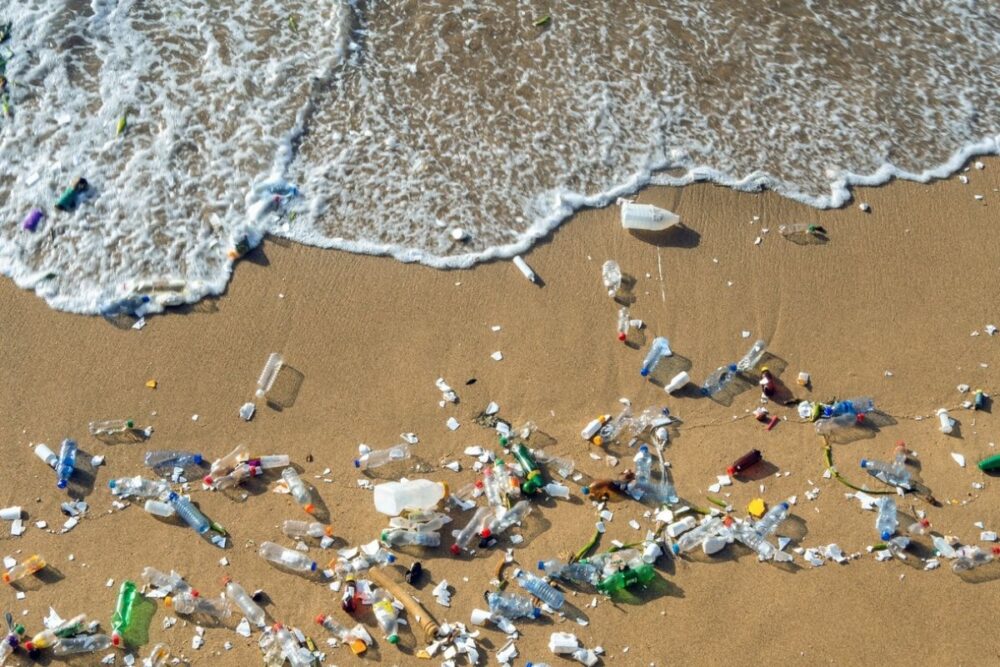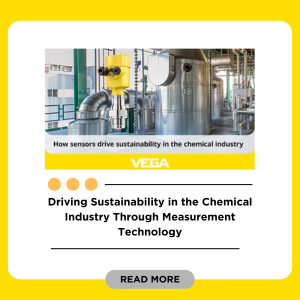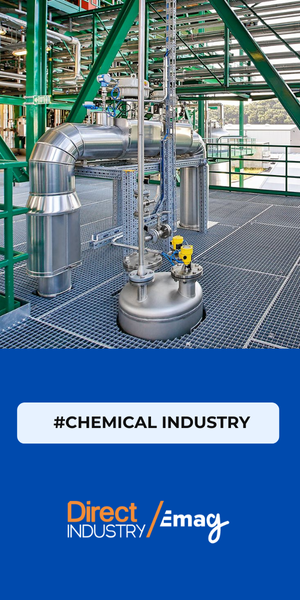From August 5 to 14 2025, over 1,000 delegates from approximately 179 countries are gathering in Geneva, Switzerland for the second part of the fifth session of the UN’s Intergovernmental Negotiating Committee (INC‑5.2). Their mission: to finalize a legally binding global treaty to combat plastic pollution across its entire life cycle. In parallel with this historic effort, DirectIndustry e‑Mag is bringing industrial innovation into the spotlight, sharing key insights from our recent coverage on advanced recycling technologies, circular economy models, and sustainable material breakthroughs—all of which could play a vital role in turning treaty goals into actionable, scalable solutions.
As the international community gathers in Geneva this week for the final round of negotiations toward a global treaty on plastic pollution, the stakes have never been higher. With governments, scientists, and industry representatives attempting to hammer out a legally binding agreement, the outcome could reshape the future of plastic production, use, and disposal.
At DirectIndustry e‑Mag, we are following the talks closely—and pushing forward key industrial insights from our recent reporting on cutting-edge recycling technologies, decentralized waste solutions, and sustainable material innovation. As policymakers debate the global framework, our coverage highlights the real-world technologies that could help turn those commitments into action.
What’s at Stake?
Negotiators must address the full life cycle of plastics: from design and production to chemicals management and disposal, following the Chair’s Text established in Busan, South Korea.
One of the most contentious issues at the negotiating table is whether to enforce caps on virgin plastic production—an approach supported by over 100 countries and small island nations—or to favor voluntary recycling and design measures, a path backed by major petrochemical producers like Saudi Arabia, Russia, and the U.S.
Health concerns are central. A recent Lancet report warning of annual economic damages of $1.5 trillion, linking plastic exposure to diseases including cardiovascular illness, cancer, diabetes, and increased infant vulnerability.
Why This Matters?
Success could produce the first global treaty to curb plastic pollution, potentially enforcing limits on production, harmful chemicals, and bolstering circular economy models. Failure—or a diluted compromise—may leave governments depending on weaker downstream measures like recycling, while plastic production continues to rise unchecked.
Environmental and health advocates warn that without binding commitments, plastic pollution will worsen ecosystems, human well‑being, and economic burdens—especially for vulnerable communities.
DirectIndustry’s Insight: Industrial Solutions to Plastic Pollution
At DirectIndustry e‑Mag, we’ve long examined the industrial frontlines of the plastic pollution crisis—offering a unique perspective on how engineering innovation, materials science, and decentralized manufacturing can shift the needle. Building on key pieces like “Everything You Need to Know About Plastics” and “Enzymatic Recycling Powers the Circular Plastic Economy”, several solutions stand out as crucial contributions to the global conversation.
Chemical Recycling: Unlocking Infinite PET Recycling
A significant advancement in plastic recycling is the development of a chemical process that enables the infinite recycling of PET (polyethylene terephthalate). Traditional mechanical recycling methods often degrade the quality of PET over time, limiting its reuse. In contrast, this new chemical process, developed by IFP Energies Nouvelles (IFPEN), breaks PET down to its molecular components, allowing it to be rebuilt into new, high-quality PET without loss of integrity.
The first industrial-scale plant utilizing this technology is scheduled to open in Lyon, France, in 2027, with an annual recycling capacity of 30,000 tonnes of PET. This initiative represents a significant step toward achieving a truly circular economy for plastics, where materials can be perpetually recycled without degradation.
Read the full article
Enzymatic and Catalytic Recycling: Beyond Mechanical Limits
Traditional mechanical recycling cannot fully close the loop, especially for mixed or degraded plastics. Our coverage of enzymatic recycling, pioneered by companies like Carbios, shows how bioengineered enzymes can break PET plastic down into monomers—allowing for infinite recyclability without quality loss.
These breakthroughs are particularly relevant for treaty proposals around technology sharing and circular design standards
Read the full article
Supercritical CO₂: A Promising Frontier in Plastic Recycling
One of the latest breakthroughs covered in our reporting involves the use of supercritical CO₂ as a solvent to break down plastic waste without toxic chemicals. This method not only reduces environmental impact but also opens new avenues for chemical recycling that align with clean manufacturing goals. It represents a frontier technology with strong potential for industrial-scale deployment.
Read the full article
Decentralized Micro-Factories: Local Waste, Local Products
In Marseille, the Carbon Blue micro-factory showcases how local waste streams can be transformed into high-value products using compact, modular recycling systems. These facilities embody a circular, decentralized approach—minimizing transport emissions and supporting local economies. Such models could be critical in implementing treaty mechanisms in regions lacking large-scale infrastructure. Read more on micro-factories.
Read the full article
The Geneva treaty talks are not just a diplomatic exercise—they are a call to accelerate and scale these solutions globally, especially in developing economies where financing and infrastructure remain barriers.
As nations debate text and targets, industry leaders have a role to play: turning ambitions into engineered outcomes.





![Image [Best of 2025] How Generative AI Is Transforming Industry](/wp-content/uploads/sites/3/AI-4-320x213.jpg)
![Image [BUYING GUIDE] How to Choose the Right Industrial Robot?](/wp-content/uploads/sites/3/Industrial-Robot-320x213.jpg)

![Image [Buying Guide] How to Choose the Right Safety Shoes?](/wp-content/uploads/sites/3/Safety-Shoes-320x213.jpg)

